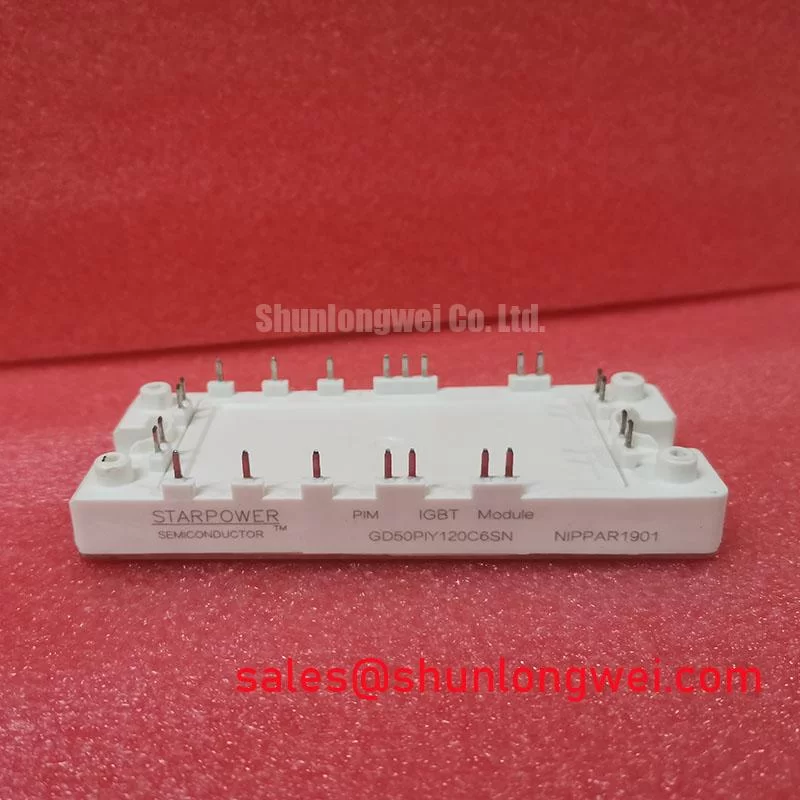The development of IGBTs can be traced back to the 1980s. The initial flat base trench (PT) IGBTs started with heavily doped P+ substrates, but they faced issues such as negative temperature coefficients and poor consistency in on-state voltage drops, making them unsuitable for parallel use. Nevertheless, they marked the beginning of IGBT applications in power electronics.
Over time, IGBTs underwent several iterations, evolving from non-punch-through (NPT) structures to field stop (FS) structures, with gate structures shifting from flat to trench types. These improvements gradually enhanced IGBT performance, including reduced conduction losses, shorter switching times, and improved breakdown voltages, marking the transition from 2nd to 5th generations of IGBTs.
By the 6th generation, IGBTs further optimized trench structures and field stop technologies, significantly enhancing current density and efficiency, lowering switching losses, and demonstrating improved performance at high temperatures.
Around 2018, the market introduced the 7th generation IGBTs, incorporating Micro Pattern Trench (MPT) technology, marking a significant leap in IGBT advancements. The 7th generation IGBTs feature higher channel densities, optimized cell designs, lower parasitic capacitances, and maintain optimal performance even at extreme switching speeds (up to 5kV/μs). These advancements in IGBT7 have achieved new heights in reducing static losses, enhancing switching speeds, and improving high-temperature operation, making them particularly suitable for high-performance electric vehicles, renewable energy systems, and high-voltage direct current transmission applications.
The MPT technology specifically improves carrier transport characteristics, reducing static losses without sacrificing switching speeds. This means that under similar operating conditions, the 7th generation IGBTs can convert electrical energy more efficiently, thereby reducing heat generation. Compared to the 6th generation, the static losses of the 7th generation IGBTs have decreased by approximately 30%, crucial for improving system efficiency and reducing cooling requirements.
Moreover, data shows that within the same package volume, the current output capability of the 7th generation IGBTs has increased by over 50%, enabled by higher current densities, facilitating equipment miniaturization or enhancing system power output without increasing volume.
The 7th generation IGBTs also meet the electronic industry’s demands for higher efficiency, smaller size, higher power density, and lower losses. The technology achieves a 20% reduction in area, reduces chip thickness from 120 micrometers to 80 micrometers, and decreases conduction voltage drops from 1.7V to 1.4V, significantly enhancing the cost-effectiveness of IGBTs.
For example, using 7th generation IGBTs in energy storage systems allows designing systems with stronger generation and storage capabilities, improving energy management efficiency and enhancing storage capacity, thereby smoothly integrating solar power into the grid. Additionally, modules designed with 7th generation IGBTs support storing excess electricity in energy storage systems, effectively mitigating the intermittent nature of solar power generation and ensuring reliable and stable power supply.
Empowering the Energy Storage Industry with 7th Generation IGBTs
Due to their excellent performance, an increasing number of enterprises are integrating the 7th generation IGBTs into energy storage applications. For instance, Sungrow Power Supply recently adopted the Infineon IGBT7 EconoDUAL™3 to achieve a single 2MW energy storage converter PCS, utilizing the latest EconoDUAL 3 package from Infineon, featuring a 750A 1200V module, model FF750R12ME7_B11.
Similarly, EH-2000-HA-UD incorporates the FF750R12ME7, a 1200V/750A IGBT module utilizing Infineon’s latest generation IGBT7 technology. Unlike Infineon’s previous IGBT4 technology, IGBT7 employs more refined MPT micro-trench gate technology with higher trench densities, thinner chip thicknesses, carefully designed cell structures and spacings, and optimized parasitic capacitance parameters, achieving optimal switching performance.
Furthermore, Ansemic has recently launched the 7th generation 1200V QDual3 IGBT power module. Compared to similar products, this module offers higher power density and provides a 10% increase in output power.
According to Ansemic, the 800A QDual3 module based on the new FS7 technology of the 7th generation (FS7) IGBTs reduces losses by 200W compared to the closest competing products, thereby reducing the size of heat sinks and suitable for high-power inverters such as central inverters in solar power plants, energy storage systems, commercial agricultural vehicles, and industrial motor drives.
In China, numerous enterprises have also launched 7th generation IGBTs. For example, Starpower Semiconductor introduced a new generation of automotive-grade IGBT chips based on 7th generation micro-trench technology in 2022, including 650V/750V/1200V IGBT chips using 7th generation micro-trench Trench Field Stop technology, achieving a 20% reduction in area, reducing chip thickness from 120 micrometers to 80 micrometers, and lowering conduction voltage drops from 1.7V to 1.4V.
Conclusion
Internationally, companies like Ansemic and other European, American, and Japanese enterprises lead in the development and commercialization of 7th generation IGBT technologies, leveraging their deep technical expertise and financial strength. Meanwhile, Chinese IGBT enterprises such as Star Semiconductor and Xinji Energy are accelerating their efforts, successfully developing and launching 7th generation IGBT products, marking significant breakthroughs in domestic enterprises’ core IGBT technologies. Especially with the rapid development of the energy storage industry, the 7th generation IGBTs have found extensive application markets, accelerating the development of the energy storage market in return.

